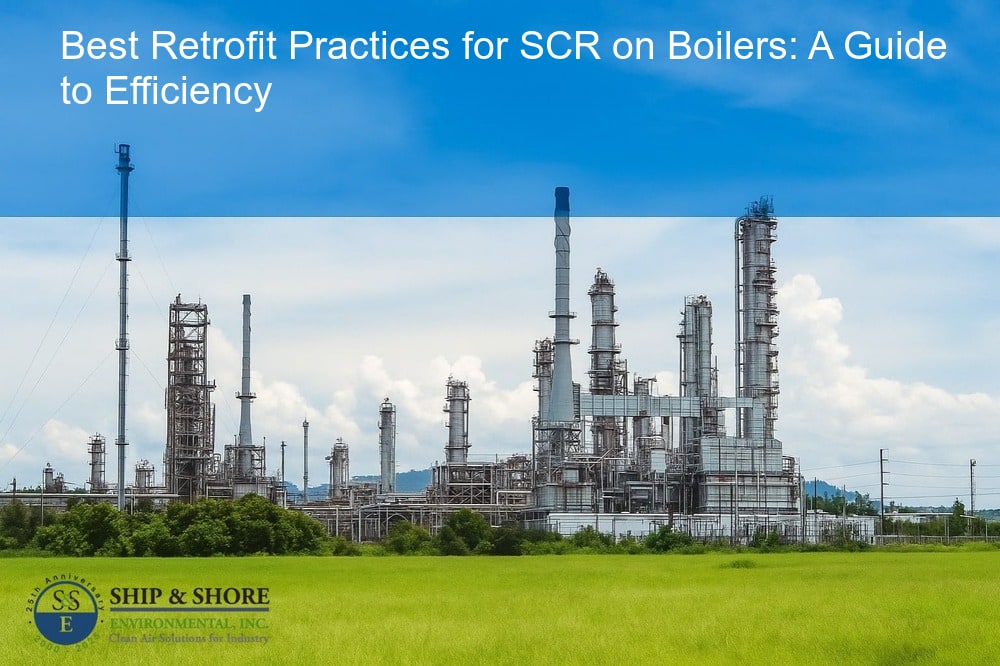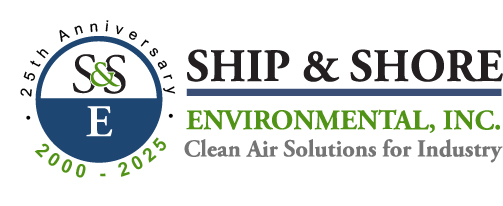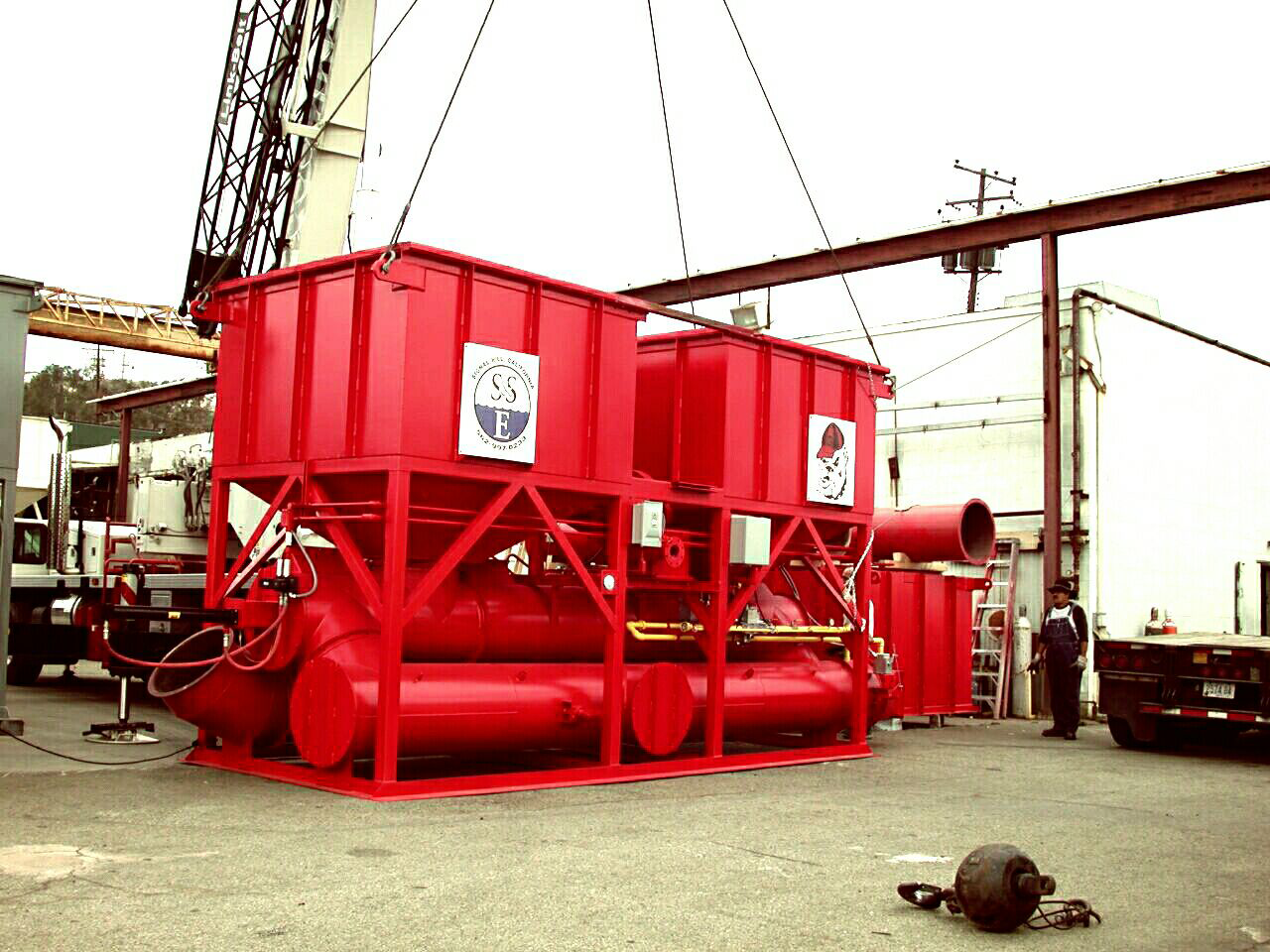
Best Retrofit Practices for SCR on Boilers: A Comprehensive Guide
September 22, 2025 4:31 amThe Importance of Retrofitting SCR on Boilers: An Overview
In today’s rapidly evolving industrial landscape, adopting the best retrofit practices for SCR on boilers has become increasingly essential. Selective Catalytic Reduction (SCR) is a proven technology that significantly reduces nitrogen oxide (NOx) emissions from boiler systems, which are a major contributor to air pollution and greenhouse gas production. Implementing SCR not only helps companies comply with stringent environmental regulations but also enhances the overall efficiency and performance of their boilers.
Why “Best Retrofit Practices for SCR on Boilers” Matter
Adhering to best retrofit practices when integrating SCR systems into existing boilers can vastly improve operational efficiency, reduce maintenance costs, and extend the lifespan of the equipment. Poorly executed retrofits can lead to suboptimal performance and increased downtime, ultimately affecting the bottom line. Therefore, understanding and implementing the best practices in retrofitting is crucial for ensuring optimal results and long-term success.
The Link Between SCR and Enhanced Boiler Efficiency
One of the primary benefits of SCR technology is its ability to enhance boiler efficiency. By reducing NOx emissions, SCR systems allow boilers to operate at cleaner and more efficient levels. This results in lower fuel consumption, reduced wear and tear on equipment, and fewer emissions-related issues. Additionally, SCR retrofits can help industries meet regulatory requirements without compromising on productivity, making it a win-win solution for both operational performance and environmental impact.
Understanding the Key Steps in Retrofitting SCR on Boilers
Retrofitting Selective Catalytic Reduction (SCR) systems onto boilers is a multi-step process that demands careful planning and execution. First, assessing the existing boiler system’s design and operational conditions is essential. This evaluation helps us understand the compatibility of the SCR technology with the boiler in question. By identifying the physical and operational constraints upfront, we can tailor a retrofit plan that ensures seamless integration.
Next, we focus on selecting the appropriate SCR catalyst. Factors such as flue gas temperature, operating pressure, and expected emissions reduction play a crucial role in this decision. Choosing the right catalyst not only guarantees effective NOx reduction but also extends the life of the SCR system.
The installation phase involves integrating the SCR reactor into the boiler’s flue gas path. Here, precision is key to ensure that the reactor aligns perfectly with the existing system. Ductwork modifications and additional exhaust fans might be necessary to accommodate the new setup. Throughout this stage, maintaining system balance is critical to prevent any operational disruptions.
Finally, rigorous testing and commissioning are conducted to verify the SCR system’s performance. This process includes checking for any potential leaks, verifying the proper function of sensors and controls, and ensuring the system meets all regulatory compliance standards.
How to Implement Best Retrofit Practices for SCR on Boilers
Implementing the best retrofit practices for SCR on boilers not only enhances efficiency but also maximizes return on investment. Our approach begins with a comprehensive site assessment, during which we evaluate the existing boiler and its operational parameters. Key stakeholders, including plant operators and engineers, are involved in this phase to gather valuable insights.
We then move to design optimization. Customizing the SCR system to fit the specific requirements of the boiler ensures minimal downtime and efficient operation. Advanced modeling techniques can predict the performance of the SCR system under various scenarios, allowing us to make informed decisions.
The procurement phase should not be overlooked. Sourcing high-quality materials and components is crucial for the longevity and reliability of the SCR system. Working with reputable suppliers ensures that we receive parts that meet stringent standards.
During installation, meticulous attention to detail is required. We employ skilled technicians who are well-versed in boiler systems and SCR technology. Their expertise guarantees that the installation is carried out smoothly, minimizing any potential risks.
Post-installation, we provide training for plant personnel. Understanding the nuances of operating and maintaining the SCR system empowers the team to ensure its optimal performance.
Real-World Examples of Successful SCR Retrofits on Boilers
Real-world examples clearly illustrate the effectiveness of best retrofit practices for SCR on boilers. One such project involved retrofitting a coal-fired boiler at a power plant. The site had stringent emission control requirements, making the installation challenging. However, through detailed planning and collaboration with plant engineers, we successfully integrated the SCR system without significant downtime.
Another case study involved a biomass boiler at an industrial facility. The variability in fuel type posed a unique challenge. Despite this, our customized approach and rigorous testing ensured the SCR system performed optimally, achieving over 90% NOx reduction.
Implementing these best retrofit practices helped both facilities meet regulatory compliance, extend the lifespan of their boilers, and improve overall operational efficiency.
- Initial site assessment and compatibility evaluation
- Selection of appropriate catalysts
- Design optimization using advanced modeling techniques
- High-quality procurement and installation
- Post-installation training and support
These steps highlight how meticulous planning and execution can lead to successful SCR retrofits, significantly enhancing the performance and efficiency of boiler systems.
Did you know? Retrofitting Selective Catalytic Reduction (SCR) systems on boilers can increase efficiency and reduce nitrogen oxide emissions, directly impacting operational costs and environmental compliance.
How Implementing Best Retrofit Practices for SCR on Boilers Can Improve Your Bottom Line
Investing in Selective Catalytic Reduction (SCR) retrofitting takes your boiler operation to a new level of efficiency and environmental compliance. When we adhere to the best retrofit practices for SCR on boilers, the benefits are twofold. Firstly, we achieve significant reduction in NOx emissions, ensuring our operations meet stringent environmental standards. Secondly, the overall efficiency of our boilers improves, reducing operational costs and enhancing profitability. A strategic approach to SCR retrofitting directly translates to an optimized performance that boosts our bottom line.
Overcoming Common Challenges in SCR Retrofitting
Every retrofit project comes with its own set of challenges, but our commitment to excellence allows us to overcome these hurdles effectively. Critical challenges such as space constraints, system compatibility, and budget limitations are addressed through meticulous planning and innovative solutions. By closely following the best retrofit practices, we mitigate risks and ensure a seamless integration of SCR technology into our existing boiler systems. Our focus remains on delivering reliable and high-performing solutions that not only comply with regulations but also yield long-term financial benefits.
The Future of SCR Retrofitting: Innovations That Could Change the Game
The field of SCR retrofitting is continually evolving, driven by advancements in technology and materials science. Innovations such as advanced catalyst formulations, improved ammonia injection systems, and real-time monitoring technologies are setting new benchmarks for efficiency and performance. As we look ahead, embracing these emerging technologies will be crucial in maintaining our competitive edge. By staying at the forefront of these innovations and consistently implementing the best retrofit practices for SCR on boilers, we can ensure that we are always optimizing our operations and enhancing our environmental stewardship.
For those interested in seeing practical examples of how these principles have been applied successfully, our case studies offer valuable insights. These real-world applications demonstrate the tangible benefits and operational enhancements made possible through strategic SCR retrofitting.
FAQ
What are the main benefits of retrofitting SCR on boilers?
By retrofitting Selective Catalytic Reduction (SCR) on boilers, we achieve critical environmental and economic benefits. First and foremost, it leads to a considerable reduction in nitrogen oxides (NOx) emissions, ensuring that we comply with environmental regulations. Furthermore, it enhances the operational efficiency of the boilers, therefore leading to reduced fuel consumption and operational costs. Consequently, such efficiency gains contribute to an improved bottom line for our company.
How can best retrofit practices improve boiler efficiency?
Applying sound retrofit practices ensures that SCR systems are integrated seamlessly with existing boiler operations. This integration can optimize combustion efficiency and reduce unnecessary energy loss. Utilizing cutting-edge catalysts and precise ammonia injection methods, for instance, provides us with a substantial improvement in NOx reduction performance. Moreover, these practices also help in extending the longevity of the boiler and the SCR system, which further optimizes long-term operational costs.
What challenges might we face during SCR retrofitting, and how can we address them?
Challenges such as space constraints, compatibility with current systems, and adhering to strict budgets are common during SCR retrofitting. Addressing these challenges requires comprehensive planning and often innovative engineering solutions. For instance, custom-designed configurations may be necessary to fit new equipment into limited spaces. Meanwhile, thorough technical evaluation helps ensure system compatibility, and detailed cost-benefit analysis supports staying within budget while achieving desired outcomes.
What innovations in SCR retrofitting should we look out for in the future?
The landscape of SCR retrofitting is continuously evolving, with innovations in catalyst technology, enhanced reagent injection systems, and sophisticated monitoring tools surfacing regularly. These advancements promise to deliver even better NOx reduction efficiencies and more streamlined operations. To maintain our competitive edge, it’s crucial that we keep abreast of these innovations and integrate them responsibly while adhering to established retrofit practices.
Where can we see examples of successful SCR retrofits?
We have documented several case studies that showcase the successes and operational improvements from SCR retrofit projects we’ve undertaken. These studies offer insights into how we’ve navigated challenges and the strategies employed to enhance boiler efficiency effectively. They serve as real-world evidence of the benefits associated with SCR retrofitting and are accessible for those seeking to deepen their understanding of best practices in this area.
Categorised in: Blog

